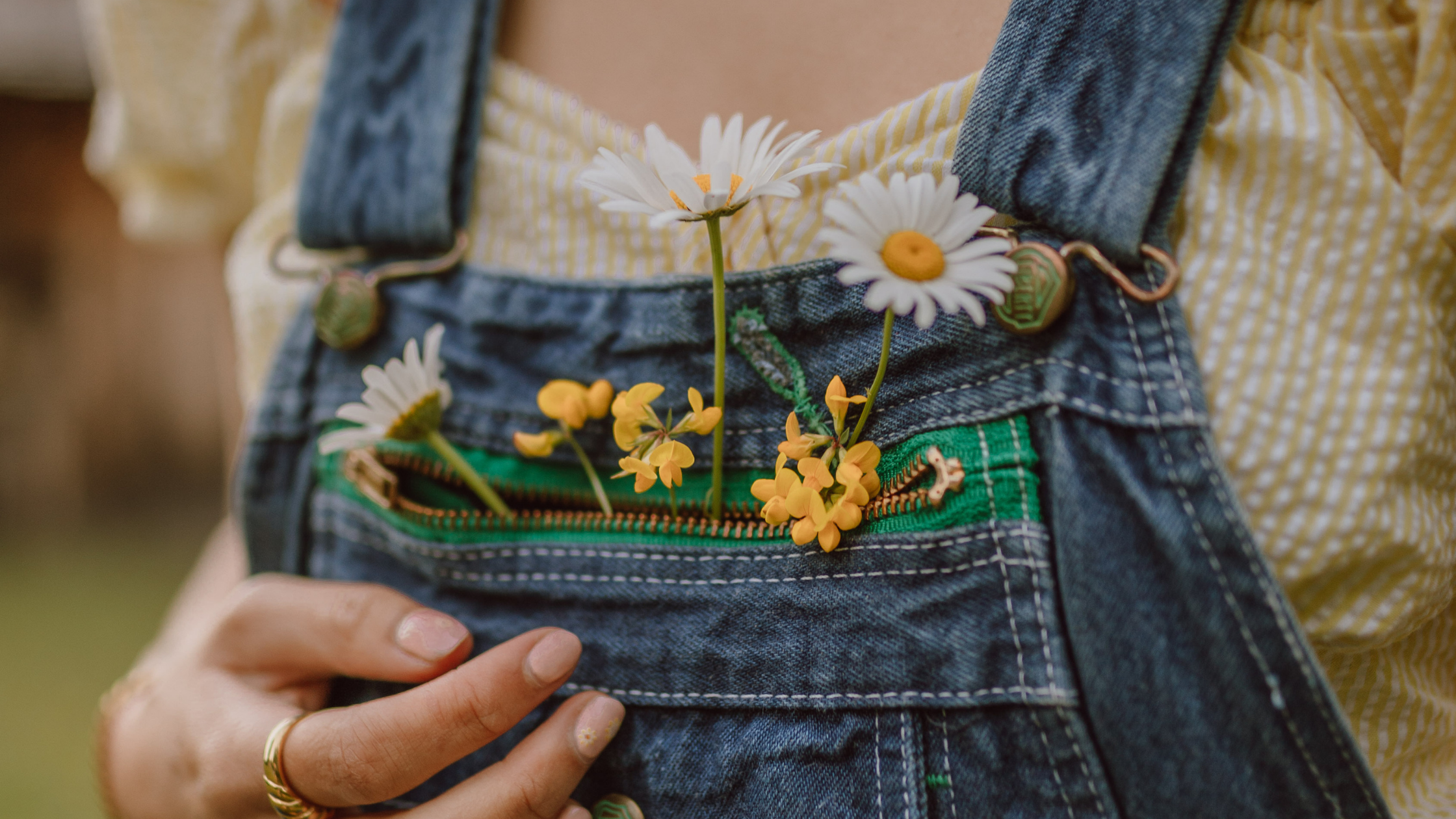
Sarah Guerrero
Sarah Guerrero is a freelance writer and contributor to Slow North. She has a degree in international business from St. Mary’s University in San Antonio, Texas, and writes about sustainable business practices and ethical living.


There are few things more exciting than planting flowers and watching them grow, and making seed bombs is a unique way to celebrate the changing seasons.
Seed bombs are little clay-covered mounds of seeds and growing soil. They’re often used to help reseed natural plants to wild areas, and they were first made popular by guerilla gardeners, people who use public space to grow things.
 Photo by Jonathan Kemper
Photo by Jonathan Kemper
Wildflowers and plants are so important for bees, and our entire ecosystem. While you can direct-sow seed, seed bombs make things even simpler (and increase your odds for success): toss a seed bomb into a wild patch (make sure you put out a sign so it doesn’t get mowed!) or even a flower bed or the side of a road.
You can buy seed bombs, or you can make them yourself. DIY seed bombs make sweet gifts for Earth Day, Mother’s Day, birthdays, or just because (they also make great wedding favors and are also perfect activities for kids!). They store for a long time in a cool, dry place and are easy to make; you just need three ingredients!
The clay in the seed bombs keeps birds, animals, and wind from making off with the seeds, and the soil gives them a bit of a head start. Just toss them out before a heavy rain in the spring, and watch flowers begin to sprout a few days later.
 Photo by Yves Destours
Photo by Yves Destours
Here’s everything you need to know to make your own seed bombs:
For best results, choose the seeds of flowers that are native to your area. Eastern purple coneflower and black-eyed Susan, for example, are native to central Texas, where I live, and are perfect for seed bombs. You might also try flowers like zinnias, sweet alyssum, and poppies.

You can Google “native wildflowers + where you live”. You might even find premade wildflower seed mixes that you can use! You can also try looking for plants that butterflies, bees, or hummingbirds in your area love.
A mix of seeds is definitely your best bet--not all seeds will germinate, so a mix ensures at least a few will. Pay attention, as well, to sun requirements: if you’re planting in full sun, you want to make sure your plants will love that.
 Photo by Jonathan Kemper
Photo by Jonathan Kemper
If you’re using air dry clay, roll it out, and place the seeds and soil on top. You’ll want a ratio of about 4:1:1. For every four ounces or handfuls of air dry clay, use an ounce or handful of soil and an ounce or small handful of seeds. Fold the clay over the soil and seeds, and knead it till everything’s well combined. Next, you can cut and roll chunks into truffle-sized balls. Let them dry in the sun for a few hours if they need it, and voila! Your seed balls are ready!
If you’re using powdered or potter’s clay, your ratio should be 3:1:1. For every three handfuls of clay, you’ll want about five handfuls of soil or compost, and a handful of seeds. In a large mixing bowl, combine all of your ingredients and trickle in water slowly. Be careful not to add too much water; you want something stiffer than playdough that you can mix and mold into balls. You can leave them out in the sun for a few hours or half a day to dry.
Will you be making seed bombs this year? We can’t wait to hear how it goes!
Featured collection